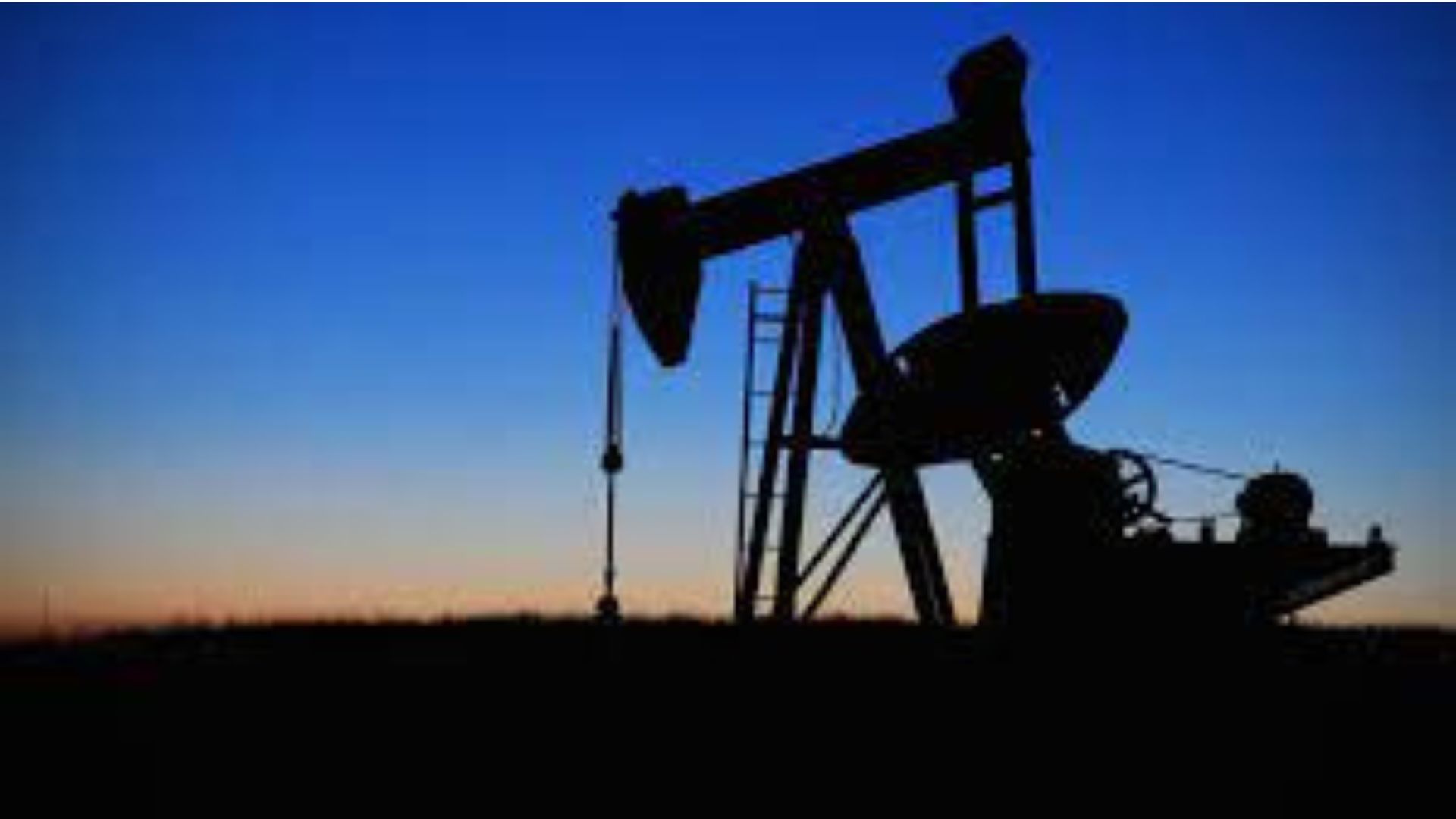


NEW DELHI: Flaring, the incineration of waste gas in the course of oil drilling, is occurring throughout the Gulf region, including within the United Arab Emirates(UAE), the host of COP28. Recent findings indicate that pollution from this practise is extending over hundreds of miles, exacerbating air quality issues across the entire area.
This development raises concerns, particularly as the UAE, the venue for the UN’s COP28 climate summit, implemented a ban on flaring two decades ago. However, visual evidence suggests that flaring persists, posing potential health risks for both the UAE residents and those in neighbouring nations.
The study also examined pollution emanating from wells in Iraq, Iran, and Kuwait. However, all the countries under scrutiny either chose not to provide comments or did not respond to enquiries.
Oil companies overseeing the sites, including major players like BP and Shell, where flaring was observed, asserted their commitment to minimising the practise and actively working to reduce its occurrence.
Also Read: Revisionist Russia fuelling war in Middle East: Eurasia Chairman Cliff Kupchan | EXCLUSIVE
The concealed dispersion of toxic air pollution from major oil corporations extends across hundreds of kilometres, jeopardising the health of millions in Dubai, Abu Dhabi, Kuwait, Iran, and Iraq.
The occurrence of flaring persists globally, despite its avoidability, as the gas released can be captured and utilised to generate electricity or heat homes.
Pollutants resulting from such flaring, including PM2.5, Ozone, NO2, and benzo(a)pyrene (BaP), have been associated with strokes, cancer, asthma, and heart disease, especially at high levels or with prolonged exposure, as indicated by international experts, including the World Health Organization (WHO).
On a global scale, flaring is a significant contributor to the emission of planet-warming greenhouse gases such as CO2 and methane.
Two decades ago, the UAE national oil company, Adnoc, led by the president of this year’s COP28 climate summit, Sultan al-Jaber, pledged to cease “routine flaring.” However, scrutiny of satellite images by the BBC reveals that flaring continues daily at offshore sites. It’s noteworthy that the UAE stands as one of the largest suppliers of oil to the UK market.
Accurately assessing ground-level air pollution from flares poses challenges, and official data on this matter is limited.
With each instance of gas flaring, a specific amount of pollution is released. Collaborating with BBC Arabic, environmental scientists integrated this data with the volumes of flared gas, information readily available through the World Bank, to calculate the overall pollution levels.
This brings more concerns to the UAE being the host of the COP28 meeting, which is to be attended by 167 world leaders including Pope Francis and King Charles III, as on Monday it was leaked by government documents that UAE is taking climate action talks as an opportunity to strike private deals.